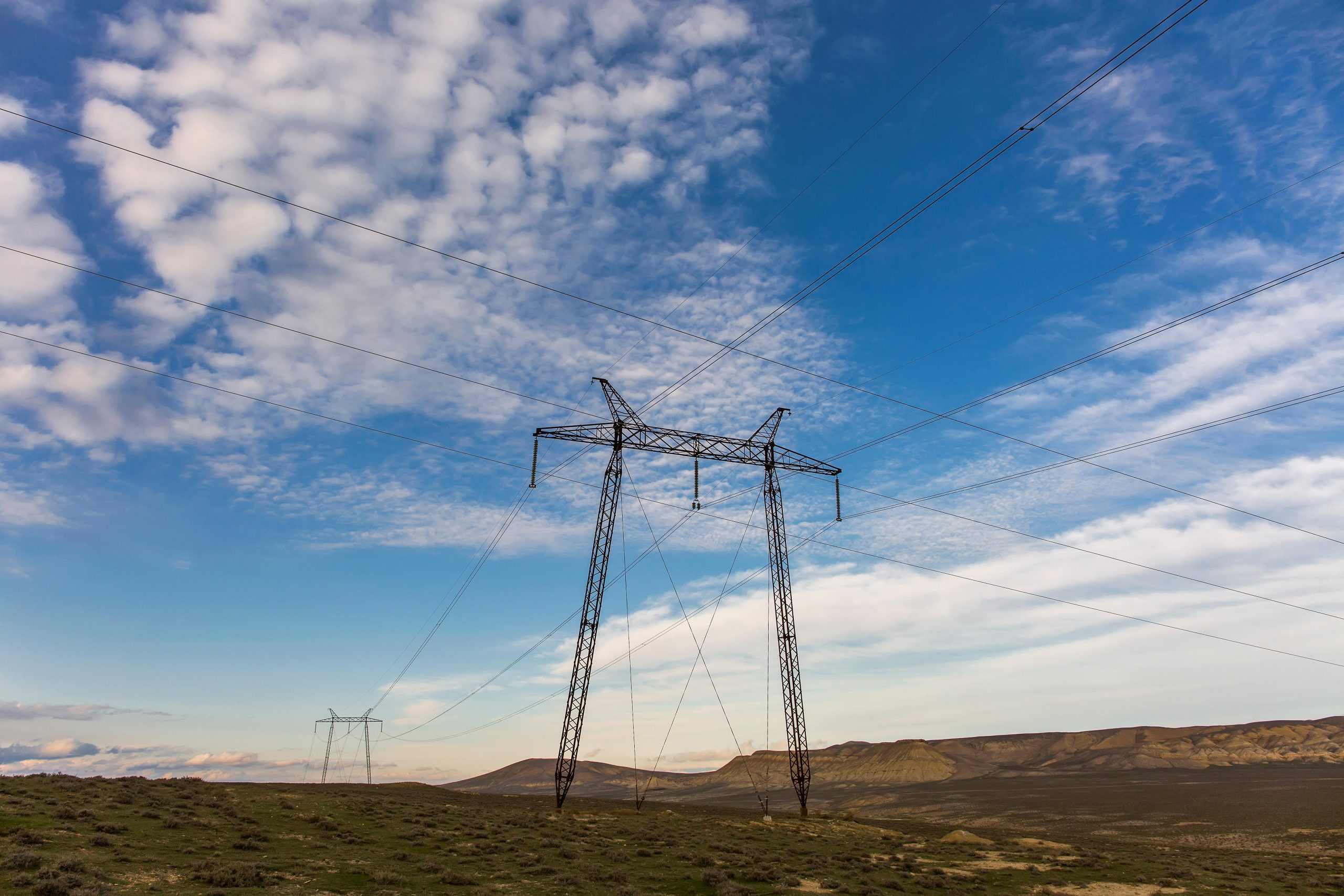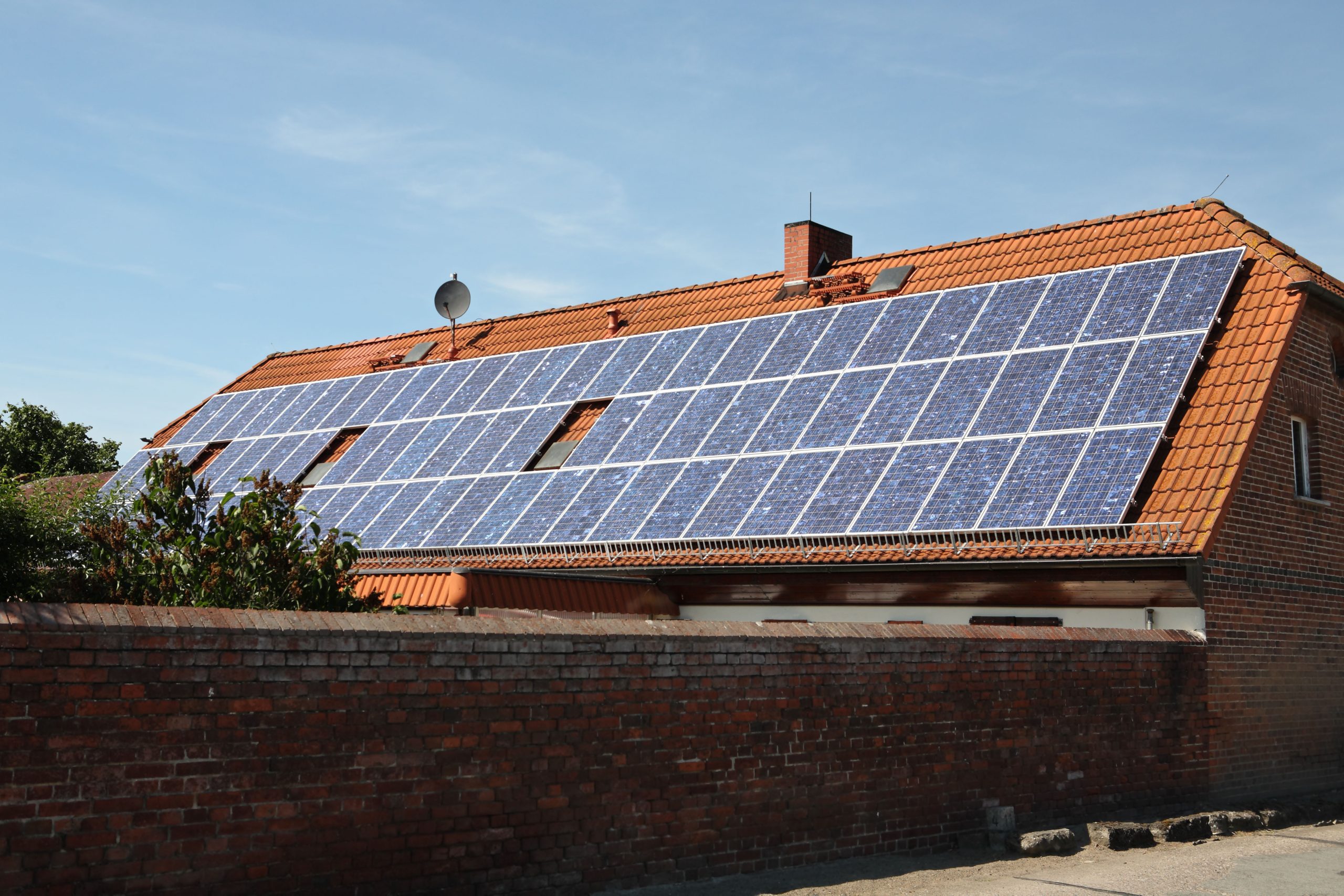Introduction
Systemic shift necessary for ASEAN’s clean power transition
What are the trends in ASEAN electricity sector transition, and why fine-tuning policies is necessary?
ASEAN aims to increase the share of renewable energy to 23% of its total energy mix by 2025, with a goal of achieving a 35% share of renewable energy in installed power capacity, up from 32% in 2022.
Electricity generation from renewable sources reached 28% in 2022, with hydro contributing the largest share. While there is no collective target for net-zero carbon emissions, some individual countries have set net zero targets between 2050 and 2060. Current regional goals also include achieving 100% electricity access by 2040.
The region currently accounts for 3.5% of global greenhouse-gas emissions. However, this share is expected to increase substantially due to population growth, expansion of manufacturing and increasing electricity demand from the region’s data centres.
In a business-as-usual scenario, ASEAN’s path to decarbonisation will be gradual, with coal and gas continuing to play a primary role in securing the region’s energy supply.
The region’s energy transition, led by countries like Viet Nam and Singapore, will progress at its own pace, more likely to align with national energy policies than the IEA’s global net-zero emissions scenario by 2050. However, the opportunities presented by cleaner, more efficient and sustainable renewable energy offer an alternative and could speed up the region’s pace of transition.
However, data limitation may potentially hinder energy transition planning
Electricity data in ASEAN faces limitations in terms of update frequency and data types. The availability of electricity sector data varies by country. Singapore, Viet Nam, Philippines and Thailand have the most up-to-date and aggregated data at the monthly level. The rest of ASEAN countries provide electricity data on an annual basis. The latest generation data available for Brunei Darussalam, Cambodia, Lao PDR, the Philippines, Myanmar and Malaysia, at the time of the writing of this report, only extends to 2022.
Data on ASEAN countries’ power capacity from Global Energy Monitor (GEM) reflects differences in the inclusion of captive power plants. For example, all coal plants in Brunei Darussalam are captive, and Indonesia’s coal capacity data includes captive power. Understanding these distinctions is important for a clearer view of capacity data across the region.
While Ember has curated and interpreted data on Asia in the Asia Electricity Data Finder, the limited publicly available data in Southeast Asia poses a significant risk to the energy transition. Effective integration of renewable energy sources into the grid requires accurate, real-time data on energy production and consumption. Without such information, policy-making and investment decisions are at risk of delays, potentially slowing down progress. Addressing these limitations through better data collection, analysis and sharing is crucial to accelerate the transition to a sustainable energy system.
With rising electricity demand, energy transition decision-making must consider strategies for better data transparency, availability and accuracy, as well as fine-tuning policies to incentivise data reporting and support data analytics for stakeholders. This will enable a more holistic planning to reduce dependence on fossil fuels and start the systemic shift necessary for a clean power sector transition. This includes attracting more sustainable corporations through clean energy procurement options, aligning national targets with regional goals and implementing supportive policies to foster renewable energy market growth. These recommendations are explored in more detail in this report, providing strategic guidance for policymakers, researchers and energy practitioners in the region.
Related Content




